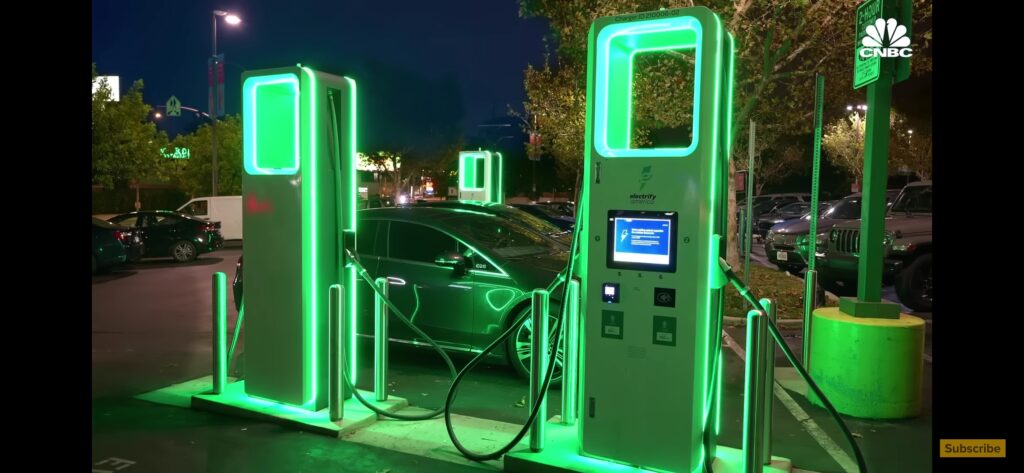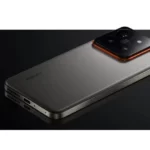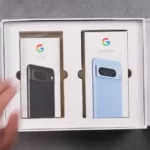Kia Success Story In The World
Description
Introduction
The words best used to describe Korean auto company Kia might be an underdog story.In the 1990s, Kia was a low end brand, even kind of a joke.They were absolutely terrible vehicles. We had reliable information on the reliability. The performance was terrible. After saving it from bankruptcy in the late 1990s, its parent company Hyundai, went on a hiring spree to rebuild Kia’s identity.
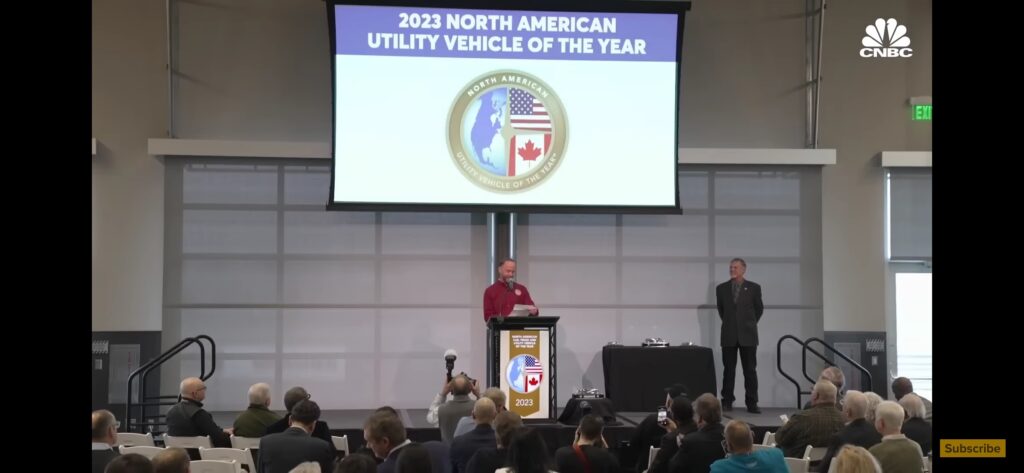
It took risks with cars like the fast lift back Stinger and the blockbuster Telluride SUV. The brand started winning awards, garnering praise. And the winner is the Kia Ev6. There’s just like this insane turnaround from a brand that most people. I would say I’ve never heard of it in my drive Introduction. The words best used to describe Korean auto company Kia might be an underdog story. In the 1990s, Kia was a low end brand, even kind of a joke.
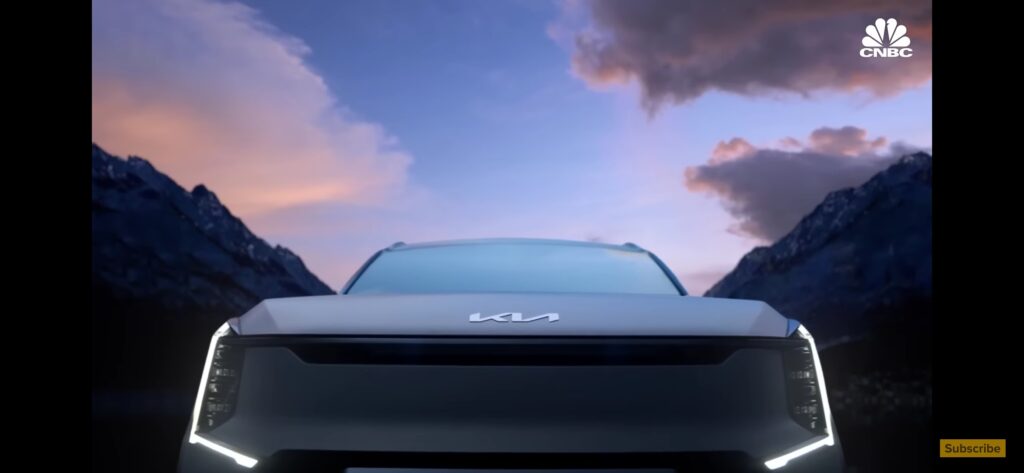
They were absolutely terrible vehicles. We had reliability information on the reliability. The performance was terrible. After saving it from bankruptcy in the late 1990s, its parent company Hyundai went on a hiring spree to rebuild Kia’s identity.

It took risks with cars like the fast lift back Stinger and the blockbuster Telluride SUV. The brand started winning awards garnering praise..And the winner is the Kia Ev6. There’s just like this insane turnaround from a brand that most people. I would say I’ve never heard of it in my driveway. Sales have increased threefold in the U.S. over the last 20 years, and now it’s one of the most marked up brands in America.
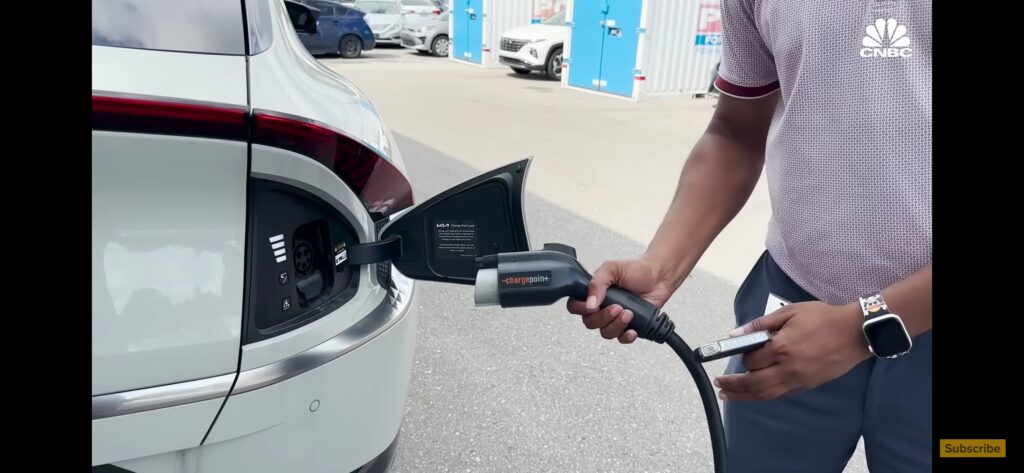
We had a record in 2022, the first six months of this year. We have more vehicles that have received IQS awards this year more than any other brand. And now it wants to take on the EV market where it’s already making waves. But all is not easy on this path.
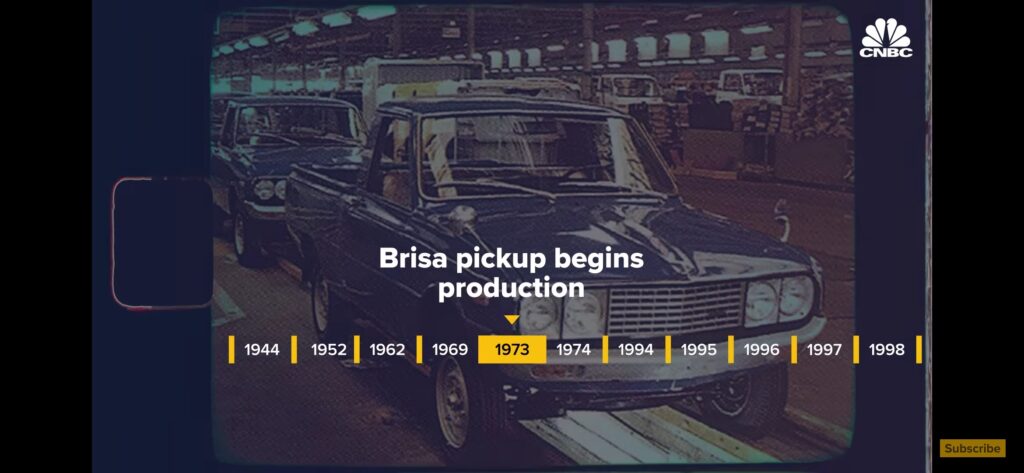
Another kia brand detail visit our website.
An EV sales surge in 2022 has given way to around a 30% decline in 2023. Lawsuits from several U.S. cities over stolen vehicles recalls fire risks, and a snub from the federal government looking to boost American EV manufacturing.
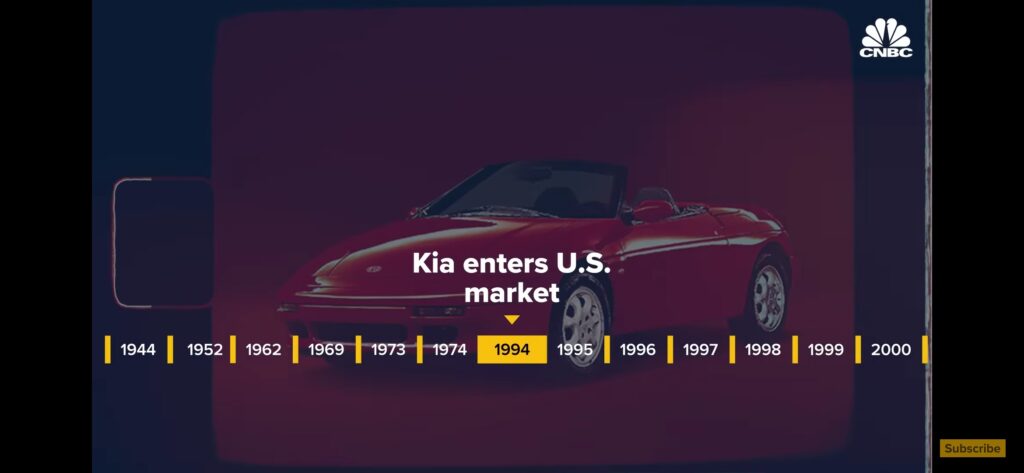
Kia history
KIA started out as a components maker in 1944 – steel tubes and bicycle parts. It manufactured Korea’s first bicycle, the Same Hilly, in 1952. Then came the K360 three-wheeler in 1962 and the T-600 in 1969 and the Brusa first as a pickup in 1973, then a passenger car the following year. In 1994, Kia entered the U.S. The company’s early image in the United States was primarily that of a value brand, with an undistinguished product.
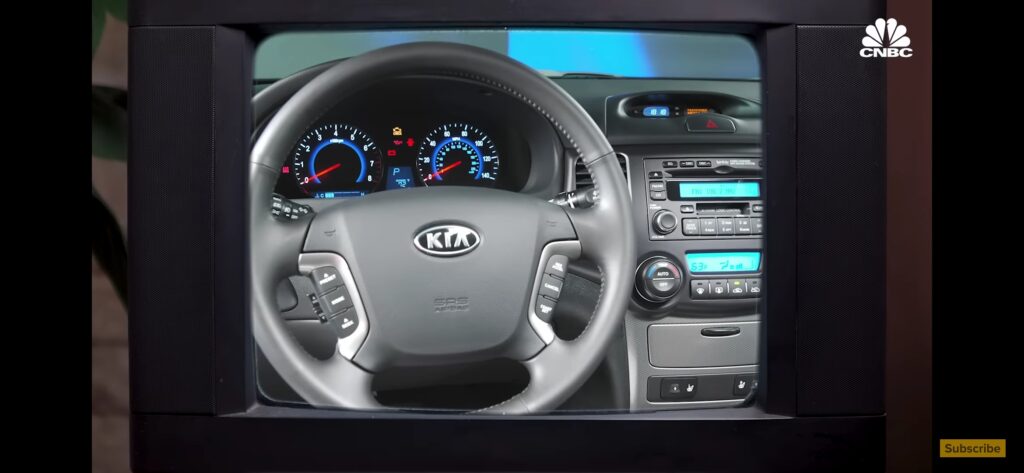
Many early cars didn’t even have airbags unless you added them. Typically, when you enter the U.S. market, you take your best shot with what you have and you come in from a price positioning perspective and you want to try to appeal to that type of entry value. You quickly have to move out of there because it’s not a sustainable place to be. So Kia began there was a lot of the newcomers have even the Japanese brands did 50 or 60 years ago.
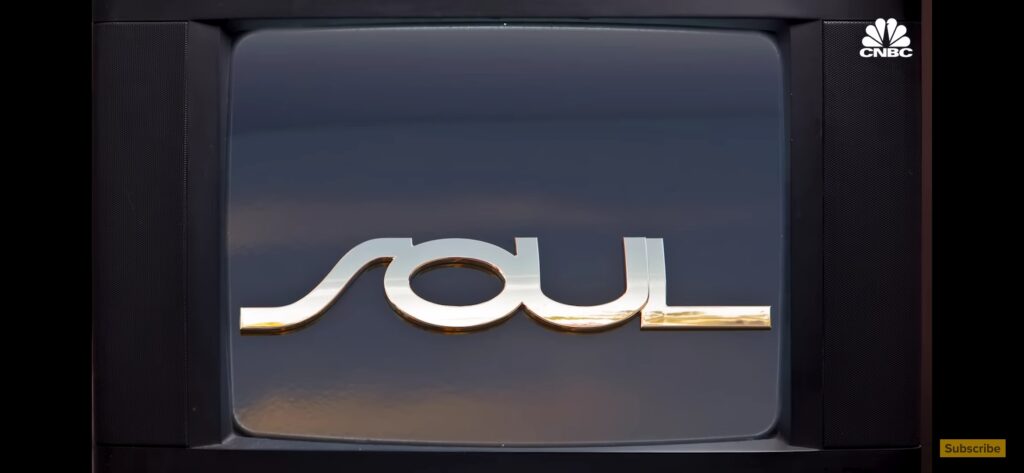
The company ran goofy commercials that stressed how its cars were well-made and yet affordable. Why subject our cars to all this abuse? Because we think it’s about time everyone had a well-made car.The brand also expanded slowly across the U.S., beginning in the Western states.They had a very confused identity in the nineties.You know, I would I would hate to say it, but but it’s like you’re almost like corporate strategy was like, let’s throw spaghetti at the wall and see what sticks.

Vehicles like the Kia Borrego, which was this bizarre vehicle that was an SUV that looked like a car based SUV, but was based on a truck. They had the Kia Amante, which was this car that was trying to look like a Jaguar or something that was just terrible. Turns out that was just the beginning of its problems. In 1997, Kia, which at the time was the second largest Korean automaker behind Hyundai, went bankrupt. That contributed to the Korean financial crisis. Ford and Hyundai got into a bidding war.
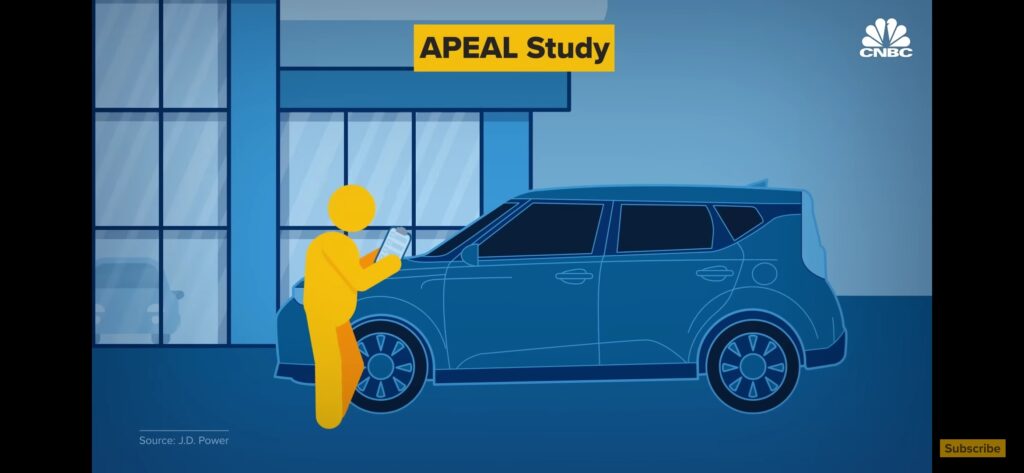
And despite the Korean government’s resistance, Hyundai, which wasn’t in very good shape, itself, rescued Kia in 1998. The Korean government was hoping Ford’s entry into the country would boost foreign investment and bring technological knowhow.
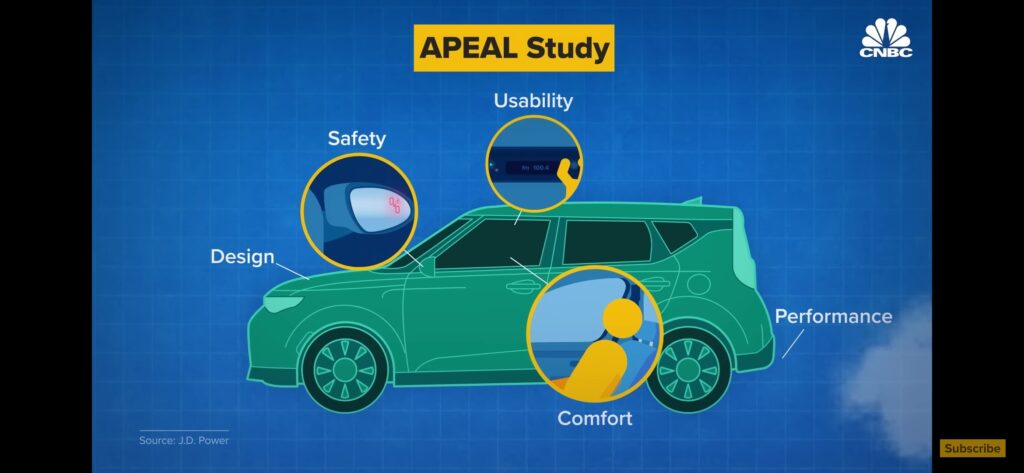
Hyundai paid about $912 million in cash and was given a condition that about $5.8 billion in debts would be written off in return for a 51% stake. The company was restructured so that the two automakers could share platforms, components, technology and leadership. Over time, Hyundai has reduced its stake to about 33% of the company. I think the big change was when Hyundai took over.
Rebuild
A leadership position and they started using some of the Hyundai platforms and Hyundai was obviously going gangbusters. Kia went right along for the ride and in some ways bested Hyundai at their own game. In the mid nineties and early 2000, KIYA was ranked at or near the bottom of pretty much every list possible. But around 2012, things started to change.
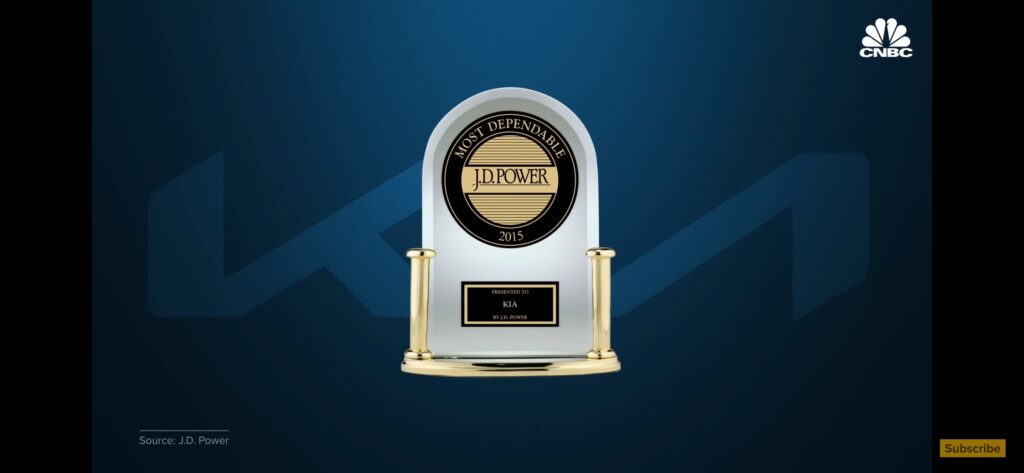
That was the market year that we started to see them receiving some awards and receiving awards on a consistent basis. For both J.D. Power studies. Take J.D. Power’s three big surveys. The initial quality study measures, problems or complaints owners have after the first three months of ownership.
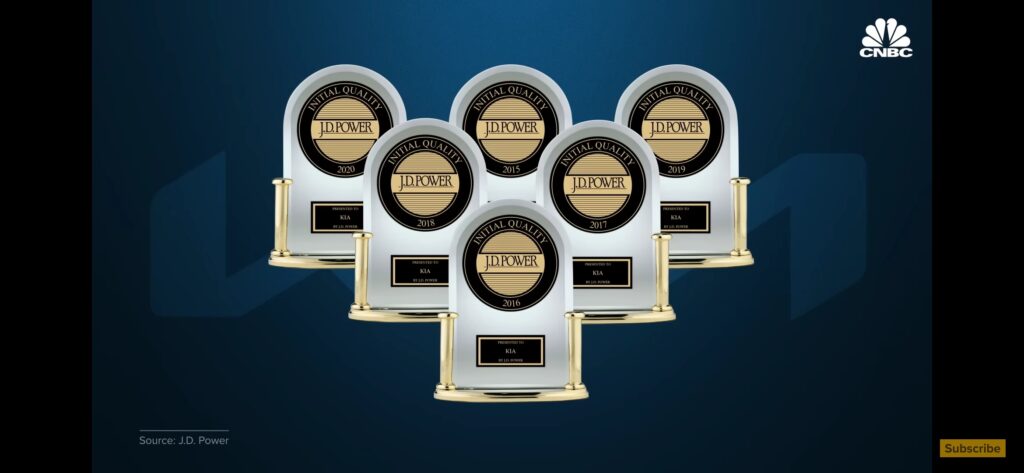
Vehicle dependability measures the same after three years. The Appeal study is a similar study, but rather than focusing strictly on quality issues, looks at satisfaction with design performance, safety, usability, comfort and other factors. Kia has won at least one initial quality award and one Appeal award every year since 2012, from 2015, six straight years, it was the number one mass market brand in the initial quality study.
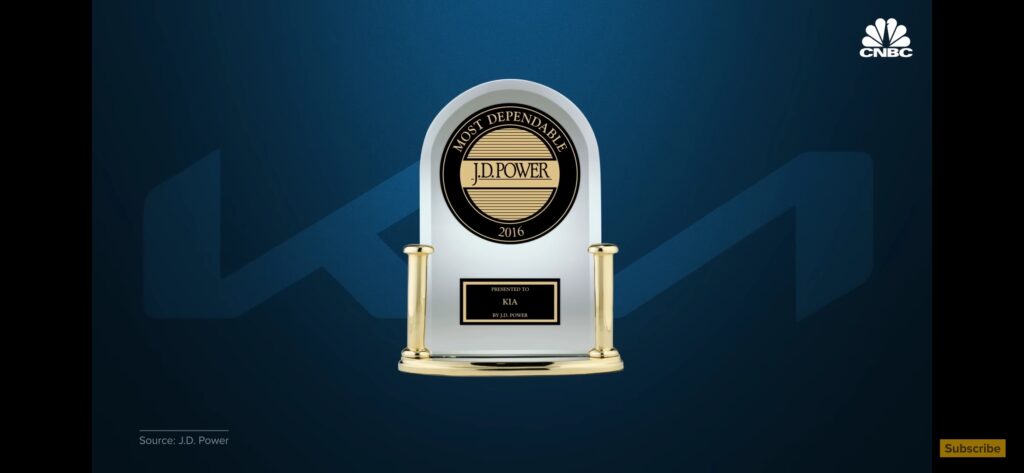
The 2012 model year received a dependability award. Three years later, in 2015, like clockwork, then the pattern gave way to records. In 2016, Kia became the first Non-luxury brand to top the dependability survey list since 1989.
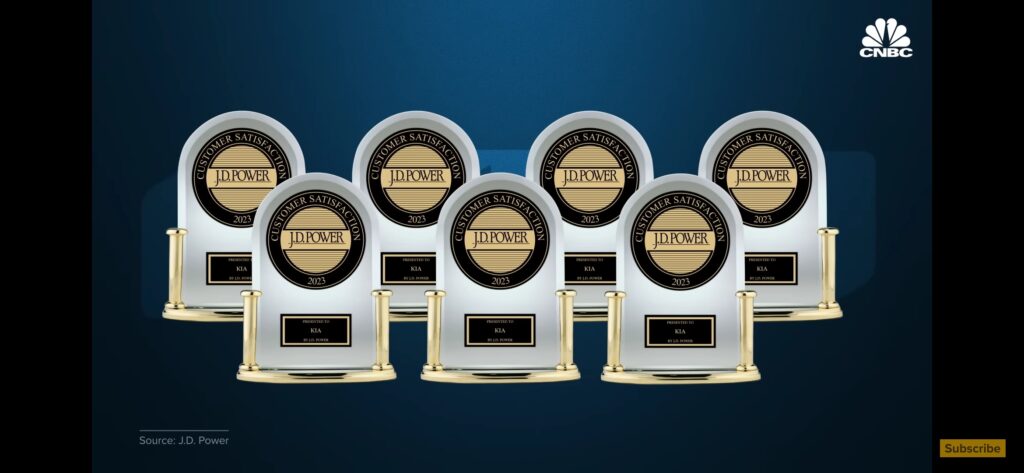
In 2023, Kia received seven appeal awards, the most by any brand in a single year across Appeal’s 28 year history and the list goes on. The EV6 has won so many awards, including North American Utility of the Year. It won European Car of the Year.
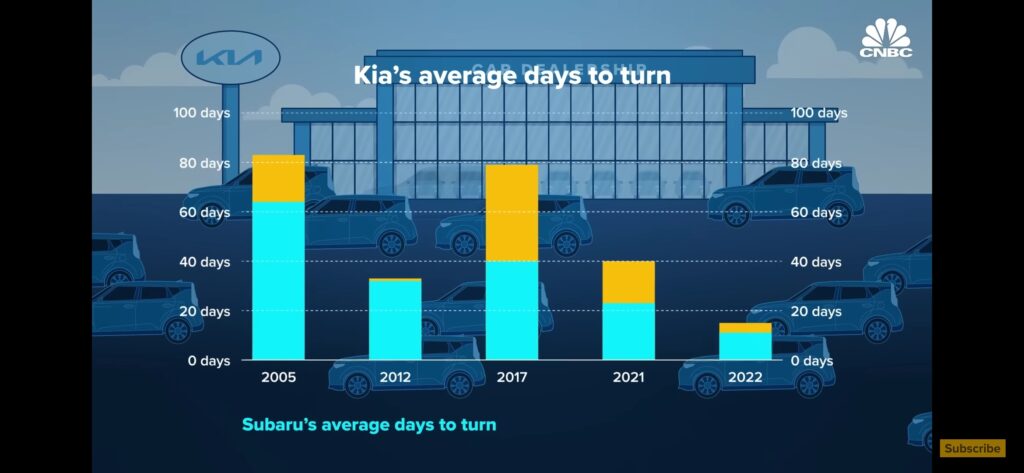
The EV6 GT won World Performance Car of the year. And sales have followed suit. Between 22 and 2022, globally, sales have grown from $12.8 billion to $66.9 billion. When Kia entered the U.S. in 1994 it sold about 12,000 units. In 2022 it sold nearly 700,000. U.S. market share has grown from 1.4% in 22 to 4.96% in 2022. Kia is also the brand with some of the lowest days to turn. That’s basically how long it takes to sell the car.
It’s what industry analyst Ivan Drury considers to be a kind of gold standard for measuring the popularity of a brand. Both the demand for the brand and wider industry demand play a key role. Numbers can rise and fall. For example, in 2005, the average key was 83.
But by 2012 days to turn had fallen to 33, second only to Subaru among direct competitors. It rose again to a high of 79 in 2017, almost back where it had been and behind several rivals. In 2021, it fell again to 40. And by 2022, the number was at 15. Of course, this is a trend across the board.
Tight inventories brought on by supply chain troubles and other industry wide problems. But in 2022, Kia was behind only Toyota, Subaru and sister brand Hyundai. Through the month of July 2023, it was in third place. The most telling aspect of our success is that when a lot of our competitors recover from their supply chain challenges, we’re still holding our share. Kia is also one of the brands with the highest dealer markups. For several years. They’ve consistently outperformed rivals when they have had two markdown products.
KIA dealers have discounted least compared with peers in 2022, kids were on average marked up 6% above their sticker price, far above the competition. That is not welcome news to buyers, but it shows that many are willing to pay. We’re getting customers trading in cars from all kinds of luxury brands. Our transaction prices are higher than our competition.
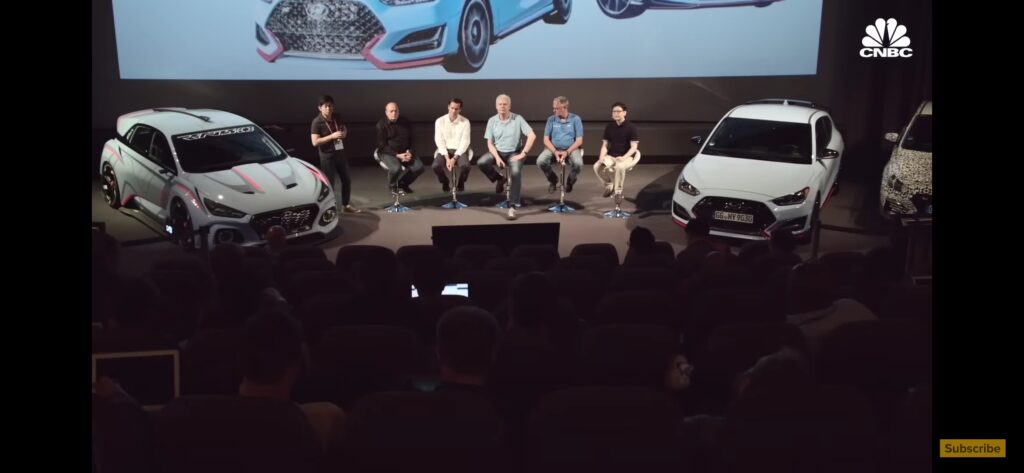
In the same segment When you look at Telluride, it’s been selling over MSRP since its introduction some time ago and it’s still holding up there and we’ve doubled the production of it. So it isn’t that it was an extreme shortage. It’s the demand for that product. You’d think of them as the budget brand, the rental car brand. Now you go the dealership, people are bidding on these things like, That’s pretty wild.
How it happened
So how did it happen? Took them a while building the brand. Really understanding what the U.S. consumer wants for quality, for features for content for style for reliability. First, the company, as did Sister Brand Hyundai, offered a 100,000 mile powertrain warranty on vehicles. Certainly when you have a brand that you’re not really sure of to go and say hey we’re going to go cover this car for ten years which was somewhat unheard of.
That gave the people a lot of confidence. There were also high profile hires. Hyundai Motor Corporation, Kia and Hyundai’s parent hired Albert Bier Mann former head of BMW s M Performance division. Bier Mann oversaw R&D on the engineering side. He made big improvements to Hyundai, Kia and Genesis cars. He played a leading role in developing high performance cars for both Kia and Hyundai including the Hyundai Veloster N and the Kia Stinger.
Kia got Peter Schroeder as chief design officer known for designing cars such as the Audi TT. His designs have been essential in distinguishing the brand and over time. It has gained a reputation for being one that is willing to take risks.
Some of their designs are quirky, even polarizing. Take the Kia soul, a car that has inspired so much hate. It has trended on social media but they serve a niche and come attached with clever marketing that retains the sense of humor. The brand displayed in its early days in the U.S. it. Had a terrific advertising campaign.

I mean, with the hamsters, you can go with this or you can go get back. I mean a lot of people buy a Toyota Highlander, for instance. I think a lot of people would say they’re a bit boring. You look at a Kia Telluride it’s a little more aspirational. It’s not a luxury brand, but it’s something a little bit special that people are a little more excited about. And I think that’s kind of what their niche is. From 2002 to 2009, Kia invested $1.3 billion in various facilities
around the U.S., including a corporate campus and design center in Irvine California a research and development center in Ann Arbor Michigan and Vehicle Proving Grounds in Mojave California.
In 2009, the company opened a $1 billion factory in West Point Georgia.Eventually, the investment grew to 1.8 billion. The company currently produces 340,000 vehicles a year there 24 hours a day. It is where it builds several of the SUVs that have been crucial to kids’ success. First came the Sportage, which is Kia’s longest running nameplate in the U.S. and still its biggest seller. Then came Telluride.
And I would say that is the game changer. It gave us credibility in terms of full size larger SUVs right for the American market. Three rows. V6 engine towing capability. A family car. And that has changed the whole complexion of the brand.Over time, Kia has catered to higher income customers.In 2019, 34% of Kia buyers had incomes over $100,000. By 2022, it was 46%.We see there were some automakers. They taste a little bit of success. They redesign one product, it becomes the DNA for the brand.
But then they hold on to type that are willing to pivot. They see that there’s changes in the marketplace. They’re not willing to do anything about them because they say, look don’t mess with success. Whereas Kia said, you know what, let’s just risk it.
Let’s just go that way.You know what markets are going SUV, let’s make an SUV. But let’s make an SUV. Let’s make a really square boxy thing when everyone else is saying look these soft roaders are hot. They knew people still wanted something said I’m going to go off road whether or not you did or you didn’t. Doesn’t matter.
But the fact that it looks like you can, it does matter. Gear also changed its logo and underwent a rebranding the latest in a series of several such changes.That has gotten everyone’s attention. People notice it. What’s going on with Kia? And they start to look deeper today. Kia wants to be seen as a sustainable mobility solutions provider.
The future
And that means all kinds of vehicles all kinds of ownership and use cases, all kinds of power trains which will eventually lead to autonomous vehicles.
For part of 2022. Kia is in second place in EV sales in the U.S. in the first half of 2023, its EV sales were down 30% compared to the same period in 2022 and behind several others including GM, Ford and Rivian. It has also been all but iced out of a deal to give federal credits for EVs under the Inflation Reduction Act because its EVs are not currently made in America.

There is a workaround. Customers can still get the credit if they lease the vehicle. Kia is also spending $200 million to prepare its Georgia plant to build the V9, which will qualify the car for the credit. Currently, about 40% of Kia’s U.S. cars are built at the factory. It has also had to deal with a raft of thefts that exploits a vulnerability in the car’s anti-theft system.
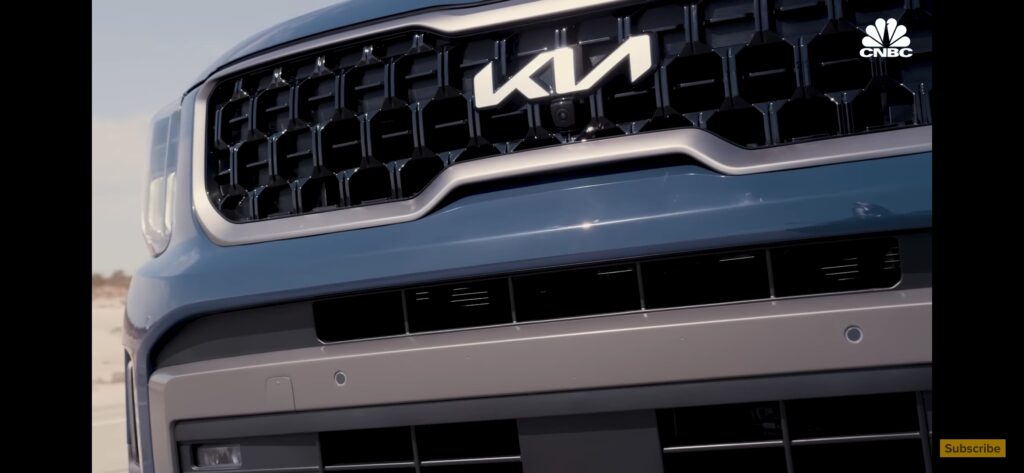
A simple charging cable could be used to start a vehicle, to start a car. We’ve developed a software upgrade which will all but eliminate the theft vulnerability, and we’ve updated over 600,000 cars so far. On August 16th, 2023, a federal judge rejected Hyundai and Kia as a $200 million proposal to settle. You really want a brand you can trust and that’s what they have to work on, that they are going to be there.
They’re not going to make mistakes. They’re not going to do anything that’s going to surprise you. On August 8th, 2023, Kia and Hyundai together recalled more than 91,000 cars over fire risks.
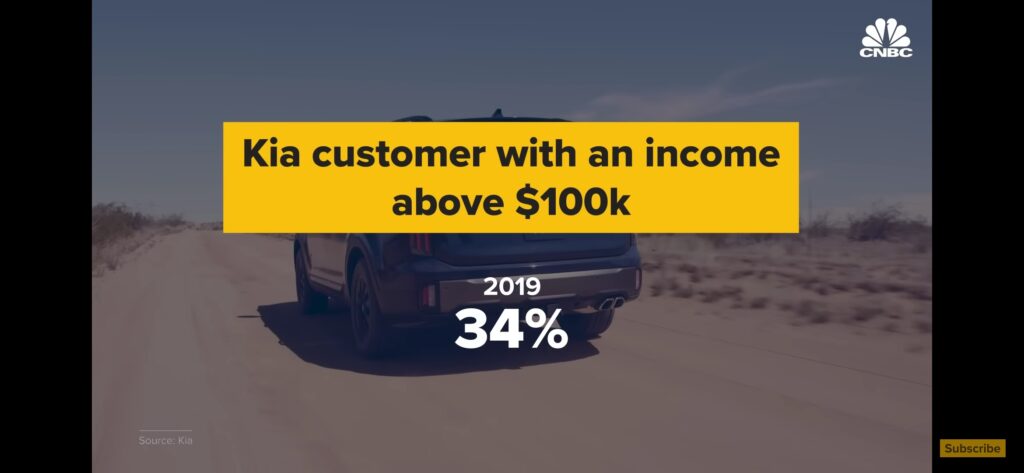
But there are other challenges, too. We’ve kind of seen this with some of the Jeep products that when they get redesigned they’re commanding a lot of money at first but now they’re a little too expensive for their segment. You know is this going to happen here?

Will they lose that momentum? I think one of the hard issues is how do they fit with Hyundai Under the bones? There’s so much shared technology. Who is the buyer if you buy the KIA? Who are the buyers? You buy a Hyundai. And is that going to be clearer to the consumer going forward? I know a lot of car dealers. It’s one of the things where they’ve also seen a tremendous difference in the clientele over time and how they handled that. Now you’re selling 50 60,000 vehicles instead of 30,000 vehicles. Customers have different expectations. You know, they’re going to want certain luxuries as they’re waiting around for the oil change.
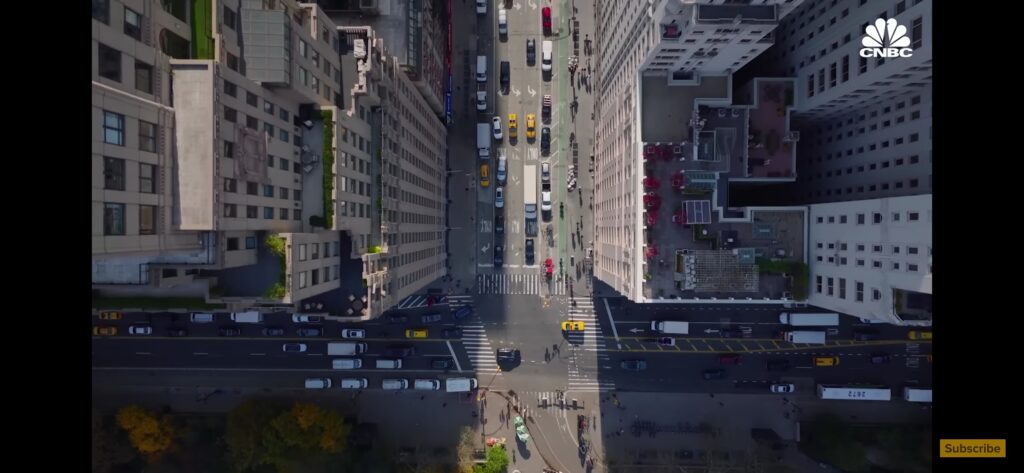
What else can help differentiate the post sales? The company recently joined with several other automakers to invest in an EV charging network. The plan is to deploy about 30,000 fast chargers over the next several years. In terms of the percentage of sales that EVs will make up. I would say for next calendar year, after EV9 is at its full business plan. Electric vehicles could make up 10 to 12% of our total sales.
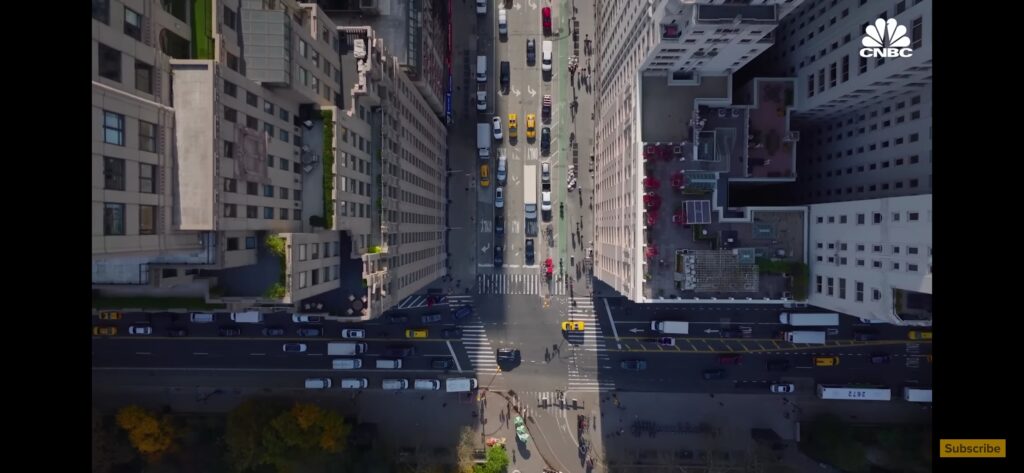
And keep in mind, our internal combustion sales are still growing also. So to some sense are chasing the total in terms of that math problem. How soon we get there, we don’t know. The regulations say one thing.
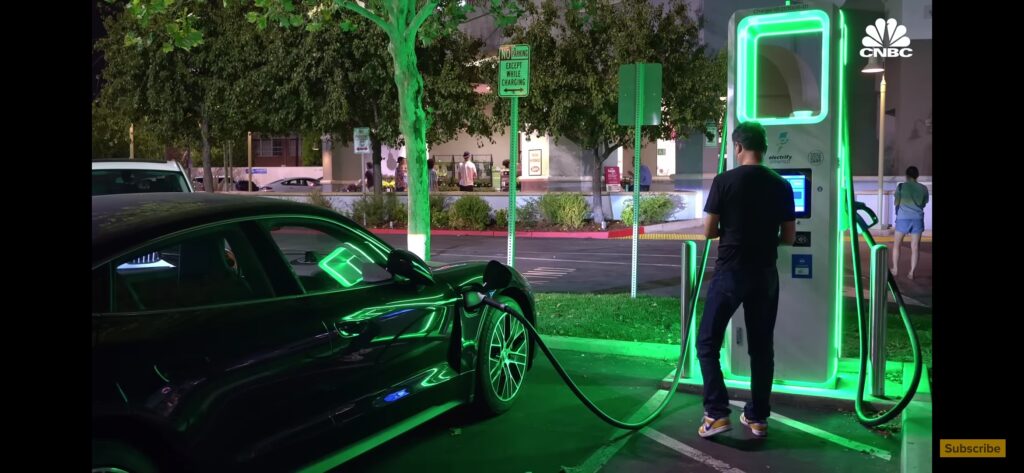
We like to be there early. So how does it plan to overtake the dominant player in EVs? Tesla time and tenacity is what’s on our side. We’ll get there. I’m not going to use the T word. You’re not going to get me to say that.
